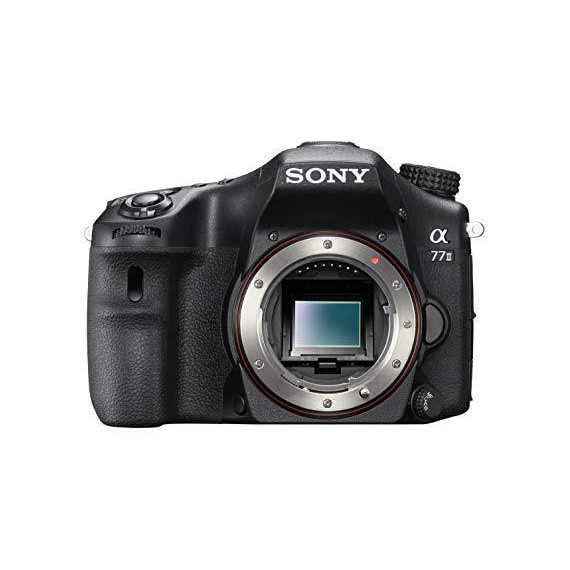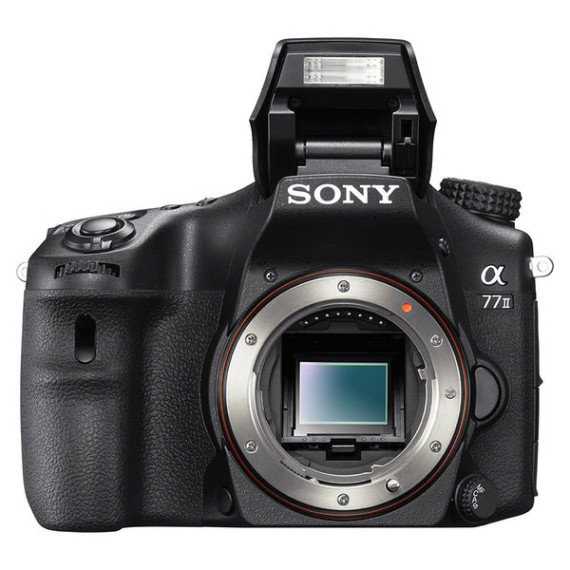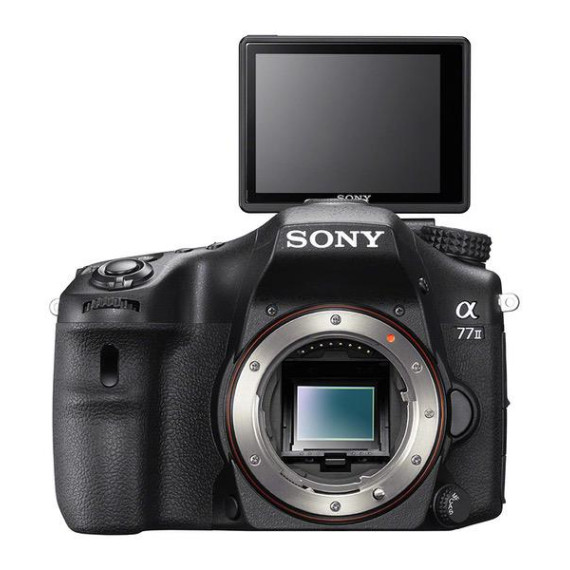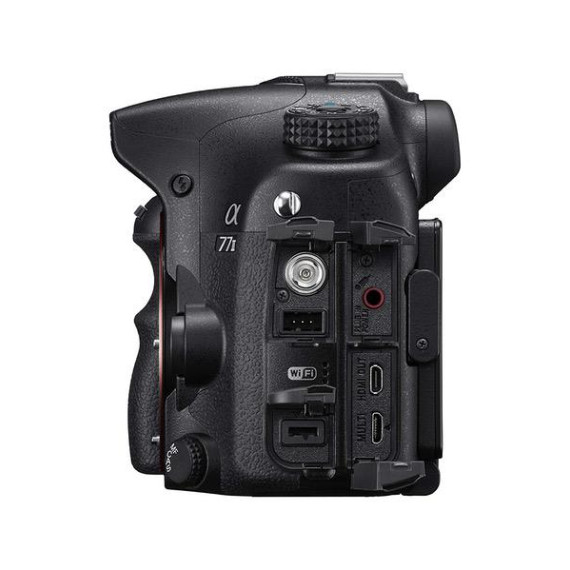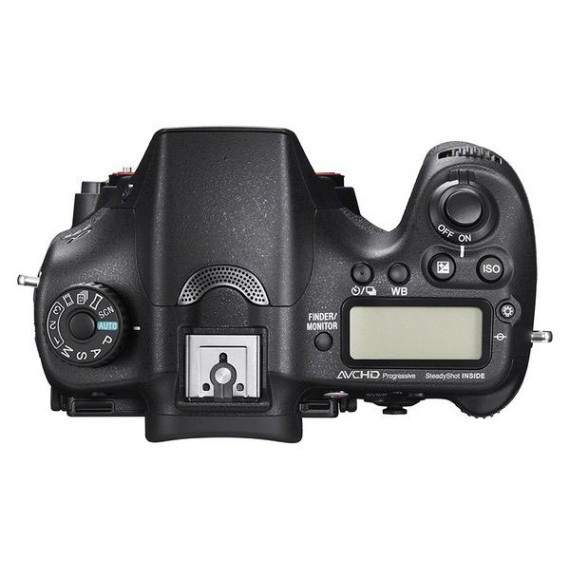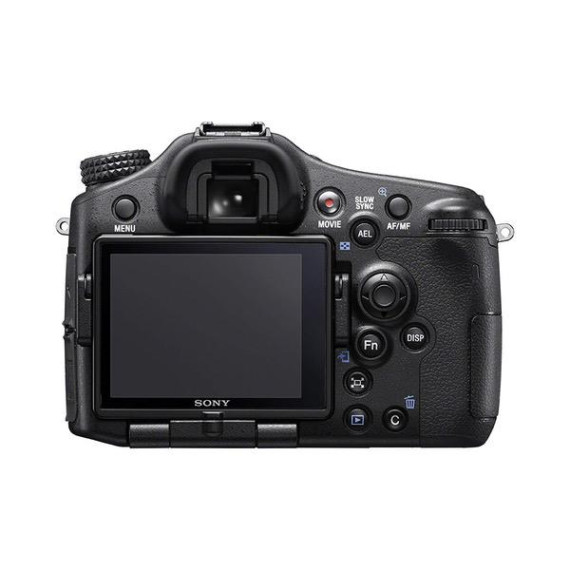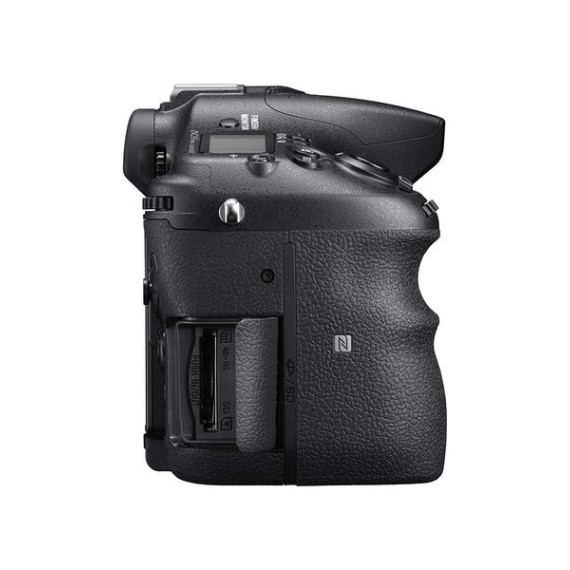| ترتيب بواسطة السعر | ترتيب بواسطة الامكانية | ترتيب بواسطة الكود | ترتيب بواسطة Style | ترتيب بواسطة Configuration |
|---|---|---|---|---|
|
$ 71920
$ 1,79800
|
متوفر بالمخزون
|
B00K0BYLNQ
|
Style:
|
Configuration:
|
|
$ 91840
$ 2,29600
|
متوفر بالمخزون
|
B00PGVIZJ6
|
Style:
|
Configuration:
|
|
$ 47920
$ 1,19800
|
متوفر بالمخزون
|
B00K0BYLN6
|
Style:
|
Configuration:
|
المدينة:
Boston
Configuration
Base
Style
Base
This fits your .
Column filling
الرجاء تسجيل الدخول حتى نتمكن من إخطارك بالرد
You may be interested
- Bestsellers
- Recently Viewed
Similar products
Our company makes delivery all over the country
We offer only those goods, in which quality we are sure
You have 30 days to test your purchase



